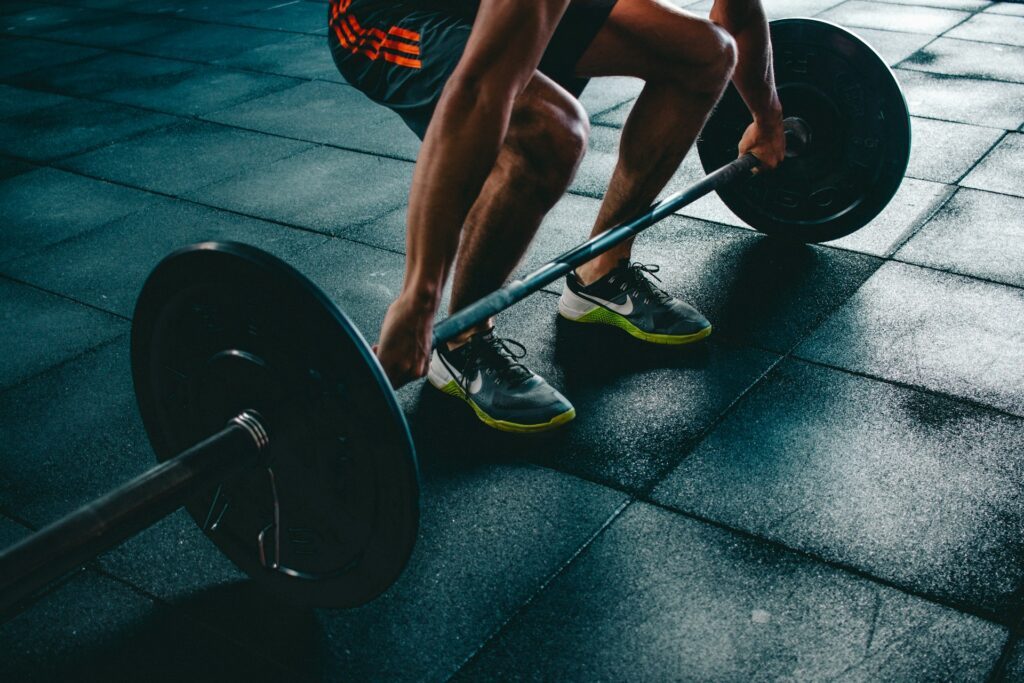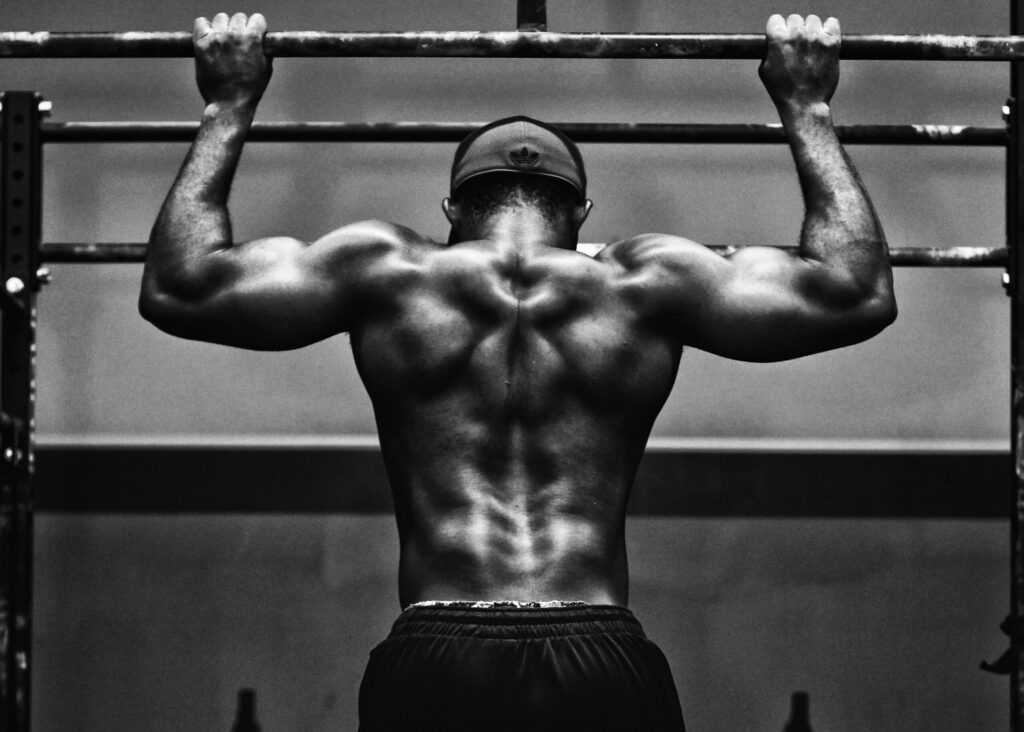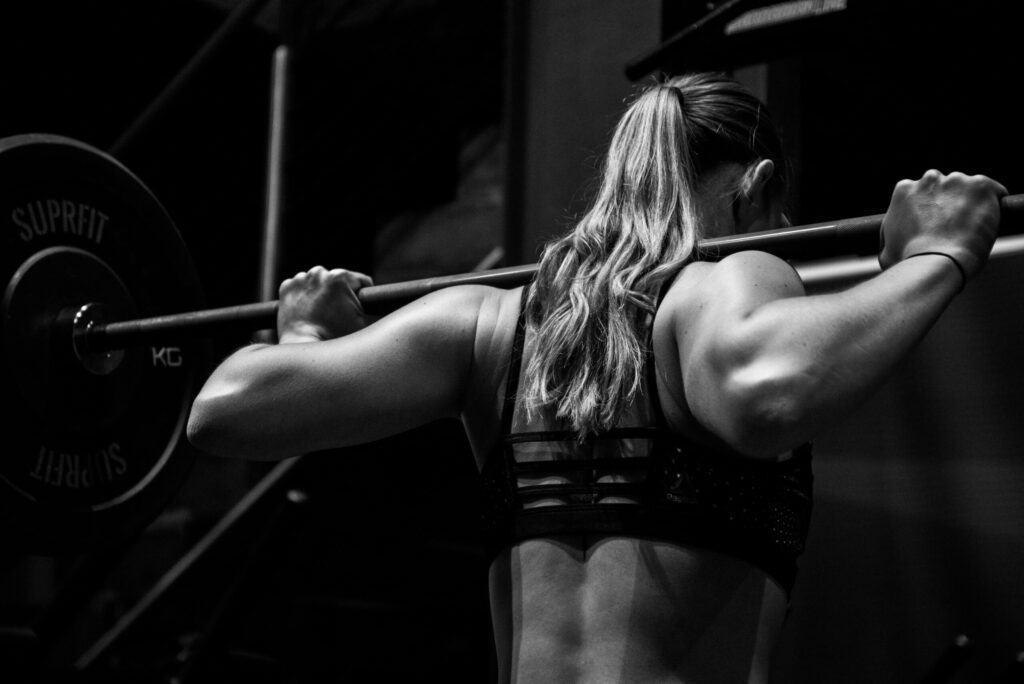With the majority of us having been banished indefinitely from our sacred place of gains (cue the home gym owners evil laughs), there is a massive fear amongst gym goes of losing their hard earned muscle and strength.
Is it as simple as 6 months out of a gym and I will lose everything? Well, that depends.
If you still wish to train with the limited equipment you have (bodyweight, bands, small dumbbells), then it is very likely you can maintain your hard earned progress. However, if structured and applied appropriately a home style training plan can in fact see the gains train continue.
And if you have a home gym then screw you…
If you take the relaxed approach and sit on the couch for 6 months, then yes you are very likely to lose some of your attained muscle, after all muscle is metabolically costly to the body. If there is no purpose for it (muscle is a protective mechanism) then it will atrophy. If this does occur though, the good news is returning to resistance training will likely see your gains come back in a hurry!
“Can I keep building muscle?”
Yes, the same principles apply if you were in the gym. If you provide a sufficient stimulus above your current homeostatic state then it’s absolutely possible.
We now know that there is quite a broad rep range that allows us to stimulate and synthesis muscle tissue. As a generalisation, most train within a 6-15 rep range in the gym for hypertrophy purposes. It is probably correct in saying this is the most practical range to elicit growth in.
However, as mentioned that is likely the PRACTICAL range. Nothing about Covid-19 and the situation it has put us in is practical and therefore we can take advantage of what research has shown which is the rep range spectrum for muscle growth is quite wide. Somewhere from 3-30 reps seems to be the current understanding. [1]Schoenfeld et al. 2017. “Muscle hypertrophy can be achieved across a spectrum of loading ranges”.
So what does this tell us?
Building muscle can be done with high loads and low loads. At the moment most of us only have access to low loads from our home equipment. Morphological adaptions seem to be most efficient with magnitudes of 60-85% max load on the bar, for sufficient durations.
However when using lighter loads there seems to be a minimum magnitude threshold of 30% which will also elicit morphological adaptions provided we take sets to a very close proximity to failure, 0-3 RIR.
So assuming you are training with lower absolute loads and performing an appropriate amount of volume, then you can provide the signals you need to stimulate and synthesis new muscle tissue if you take sets to a high relative intensity. If you are willing to go the extra mile and perform a few more reps per set, get uncomfortable with the “burn” and hit sets close to failure the gains will continue.
A useful guide to follow detailed by James Krieger is, [2] 10-20+ sets per muscle group per week, spread out by 2-3 stimulative sessions per muscle group per week, with roughly 4-8 sets per session.
In short, gaining muscle is very achievable if we have to use light loads and high reps. To achieve this we must ensure that sets are taken to a close proximity to failure and we meet our own individual intra session and weekly volume demands.
“Will I lose all my muscle?”
It depends. It takes very little to maintain your current muscularity. Your maintenance volume is far less than what it takes to build new tissue. Once you pass the newbie gains phase, synthesising tissue becomes a lot harder. We have probably all experienced these plateaus.
Mike Israetel from RP is known for the volume landmarks concept. That is
MV or maintenance volume amount of volume required to maintain your current muscle.
MEV or minimum effective volume is the minimum amount of volume per muscle group to see progress.
MAV = max adaptive volume is the volume range where you are making the ‘best’ gains for you.
MRV = max recoverable volume is the max amount of volume your body can recovery from. Short term is ok, but too long spent here is disregarding the principle of fatigue management.
Mike states in his article, [3] “you can typically keep almost all of your muscle with as little as 6 working sets per muscle group per week.”
This means that we don’t need to stress about doing heaps of training, rather just enough if that’s you’re only option.
Secondly, many of us have been chipping away at building new tissue, spending many mesocycles focusing on overloading and performing moderate to high volumes in the gym, prior to the shutdown of gyms.
In doing so, over time we begin to de sensitise ourselves to this volume. The high volume that once gave you great gains, seems to be slowing down and progression is becoming harder to buy. In fact, this break from the gym albeit probably longer than we all would like, is potentially going to help you elicit some great growth when we return. We are now going to be more sensitive to the higher loads and moderate reps after only being able to perform reps in the high teens and 20s for the past few weeks (probably months), with limited equipment availability.
Just think of this break from the gym as an extended re-sensitisation phase. Do your best to maintain and possibly even grow your muscle with high reps close to failure and then reap the rewards when our place of worship opens again.
“Will I lose my strength?”
Short answer is yes, but it also depends. The intensity you train at will drive the end effect (the effect being strength or hypertrophy), with volume being the amount of it we perform. If we are training for strength it is more likely we will be using high absolute loads with an appropriate volume dosage, typically that is low. If we are training for hypertrophy, it is more likely we will be using increased volume supported with higher relative intensities.
Given the current situation most of us can’t train with high absolute loads, so progressions in strength probably won’t happen. Strength is skill specific, so if we can’t practice lifting heavy our body is not conditioned to do so.
Let’s use the example of a 2RM. Returning after 4 months off heavy lifting, whilst our movement patterns might still be ok if we practised an exercise that has some transference eg goblet squat to high bar back squat, the ability of our neural drive to recruit required muscle force probably won’t be the same. We might move correctly, but the amount of force we can produce won’t be the same as 4 months ago. After all a light goblet squat requires a lot less effort than squatting a 2RM.
What we do know though is that bigger muscles have the ability to express more force. If we retain our hard earned muscle or even build more, we give ourselves the best chance to hold onto as much strength as we can. Once we are back and we pick up the specific movement pattern again, strength will climb back.
“Muscle Memory”
I mentioned there is good news! If we do have an extended break from resistance training, once you return you will likely see your gains come back in a hurry. Below is a picture I took from an article by Greg knuckles titled, Grow like a new lifter again.

In short muscle cells contain myonuclei that occupy a certain space. Adding more myonuclei to the muscle cells allow the muscle fibre to get bigger (hypertrophy). The new added myonuclei come from the surrounding satellite cells. When we detrain and atrophy, we lose muscle but we don’t seem to lose the myonuclei in the muscle, or we just haven’t yet found out how long of detraining it takes to lose them.
If you refer to the above picture. You can see the process where we go from untrained, to training and adding some nuclei. We have enough myonuclei to now grow bigger muscle. If we detrain, the myonuclei remain inside the smaller muscle. Once we pick up a resistance training again we can quickly return to our previous muscular form.
Pretty cool hey.
From an anecdotal point of view, back in 2018 I broke my right foot. I was in a moon boot and had to have my foot elevated for 10 days of bed rest (that sucked), I wasn’t allowed to walk on it for another 14, then I could walk but with the moonboot on for another month.
After just shy of 2 months when I could finally walk bare foot, my right leg was notably smaller. 2 months later and I was probably a week away from playing our last home and away football match of the 2018 season. So, for me it was cool to see muscle and strength levels return so quickly.
Key Takeaways
-
You can retain your muscle on as little as 6 sets per week per muscle group.
-
Building new muscle is indeed possible with home training. Ensure you take your sets to a close proximity to concentric muscular failure (0-3 RIR and have sufficient weekly volume per muscle for your individual needs with a frequency of at least 2x per week.
-
If you don’t train, it is not the end of the world. Find a new hobby to keep you active for the meantime i.e go for a run or ride a bike. Your muscle will come back when you begin training again.







